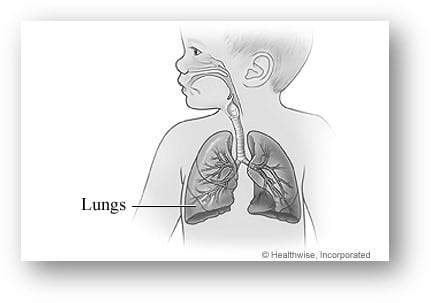Tuberculosis

Tuberculosis Research @ NMIMR:
From Field Through Basic Research to TB Control
Tuberculosis (TB) is a disease of antiquity and eradication of it has been man’s dream throughout history. According to the World Health Organization (WHO) estimates, about a quarter of the world’s population are latently infected with the causative agent, thus, creating a pool of future active cases. Globally, in 2020 alone, an estimated 9.9 million new TB cases occurred, out of which 1.5 million died of TB making TB the number two infectious disease killer by a single infectious agent only second to COVID-19. To reduce this high global TB burden, the WHO put in a strategy known as the “End TB Strategy” in 2014 with set targets to reduce the absolute number of TB deaths and TB incidence by 90 and 80% respectively by 2030 and 95 and 90% respectively by 2035. The End TB strategy outlines three pillars including (1) an integrated, patient-centered care and prevention, (2) bold policies and supportive systems, and (3) intensified research and innovation. Our research activities, together with the national TB control program (NTP) is geared towards addressing the set pillars of the End TB strategy through activities that commence from the field pass through the lab and culminate in TB control. Our support to the NTP ranges from diagnosis and basic epidemiological research to public and community engagement activities.
In 2020, TB incidence and mortality rate in Ghana was estimated to be respectively 143 and 49 per 100,000 population, indicating that a third of our estimated TB cases die from the infection. It is worrying to note that only a third of the estimated incidence are notified at the health centers. To curb the local TB burden while influencing the global burden, several TB research activities are conducted in the bacteriology department including basic research to understand the biology of the causative pathogen, Paediatric related TB research to improve TB diagnosis among children, comorbidity and gut microbiome studies to understand the role of co-infection with other communicable and non-communicable diseases, one health research to track and prevent zoonotic transmission and trainings, monitoring and national diagnostic support towards detecting and tracking multi drug resistant TB strains.




TB depletes the gut microbiome of beneficial bacteria and in the cases of comorbidity depletion is more severe which could negatively impact treatment outcome. Our preliminary findings indicate that, the gut microbiome in TB patients living with diabetes and/or HIV is depleted of beneficial bacteria such as Bifidobacterium, Faecalibacteriun and Clostridium with enrichment in inflammation related bacteria


Tuberculosis is a disease of antiquity but still a global health challenge. It had always been the leading cause of death by a single infectious disease till the emergence of COVID-19. The emergence and rapid rise in the number of drug-resistant TB cases in Ghana is a huge threat to the Ghanaian health system, this has led the NTP in collaboration with partners such as NMIMR to embark on this active case search in Out-patient departments in hospitals to trace, test and treat TB in its early stages to reduce morbidity and mortality. Since TB treatment is individualized, we follow-up on patients throughout all 6 to 24 months in the cases of drug-resistant TB, conducting various tests to determine whether or not drug therapy is successful or fails.
